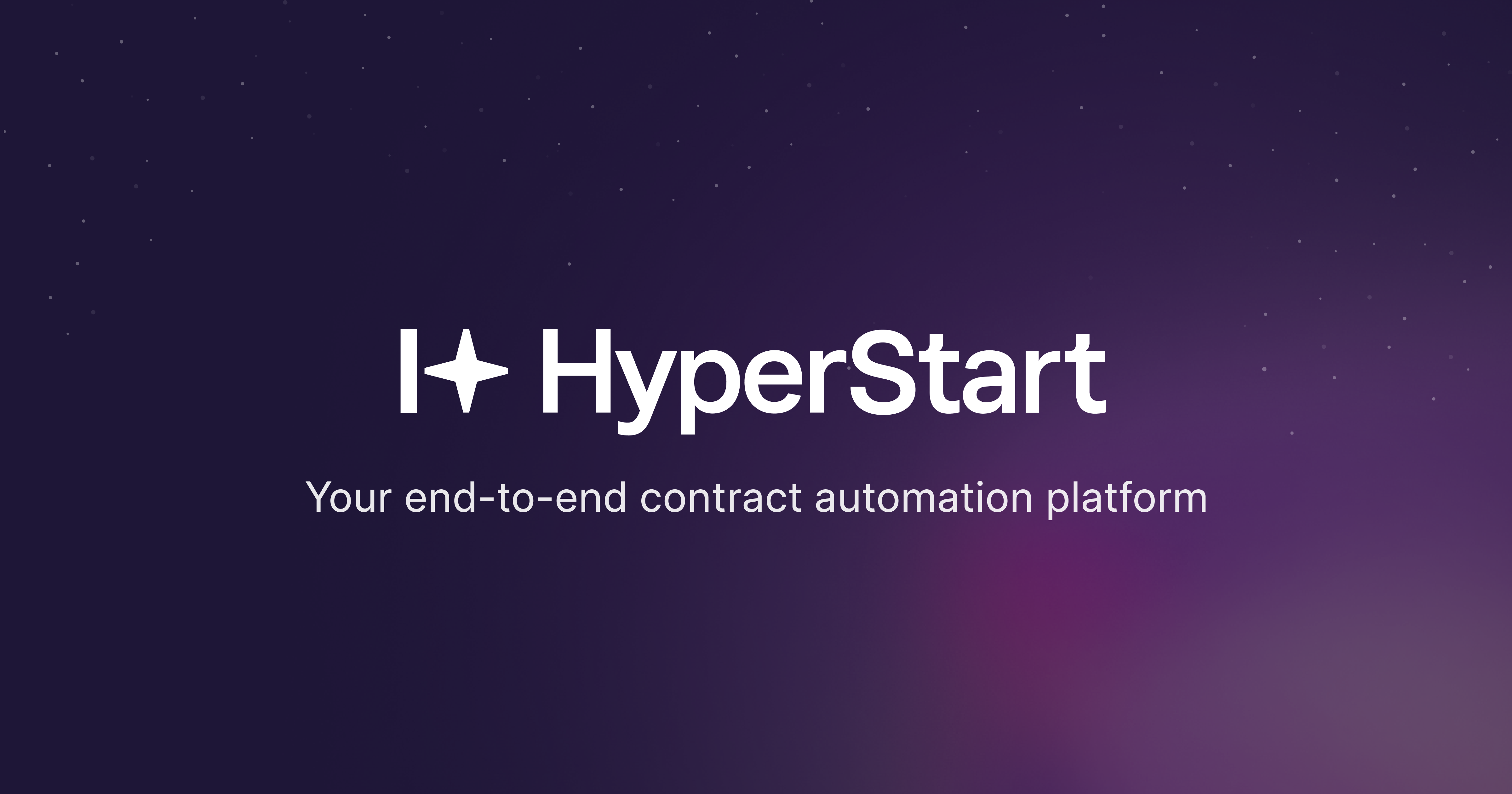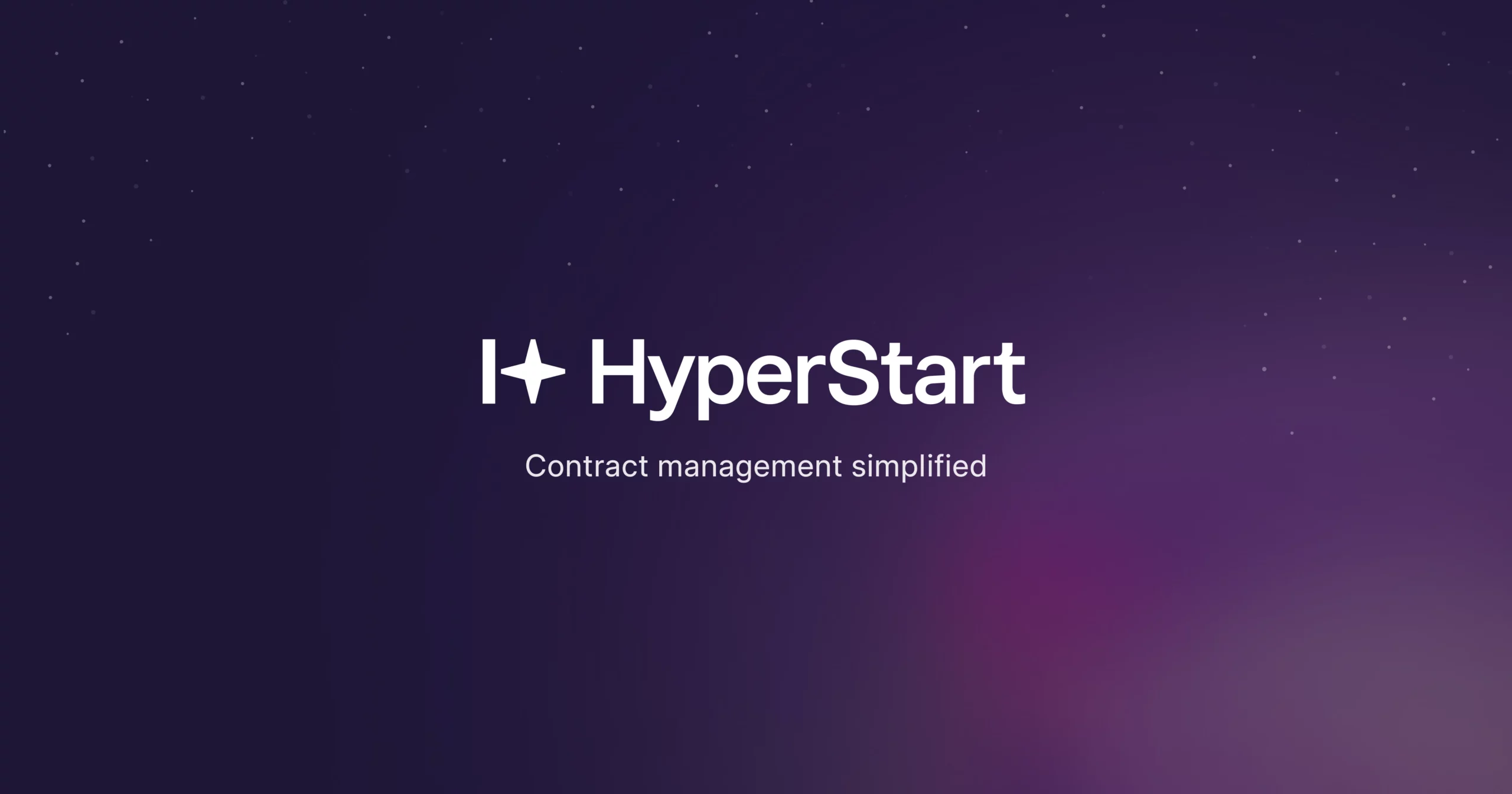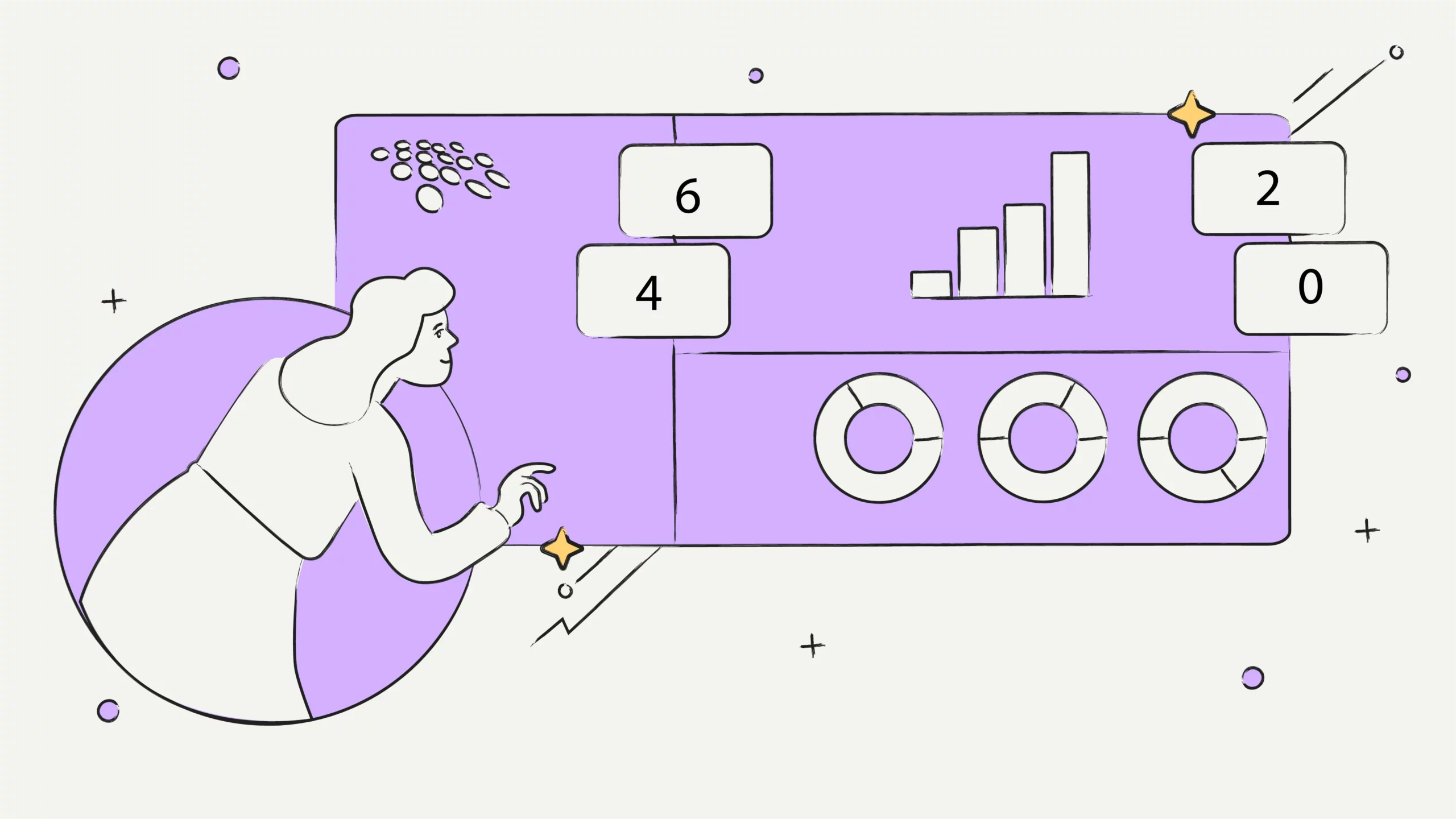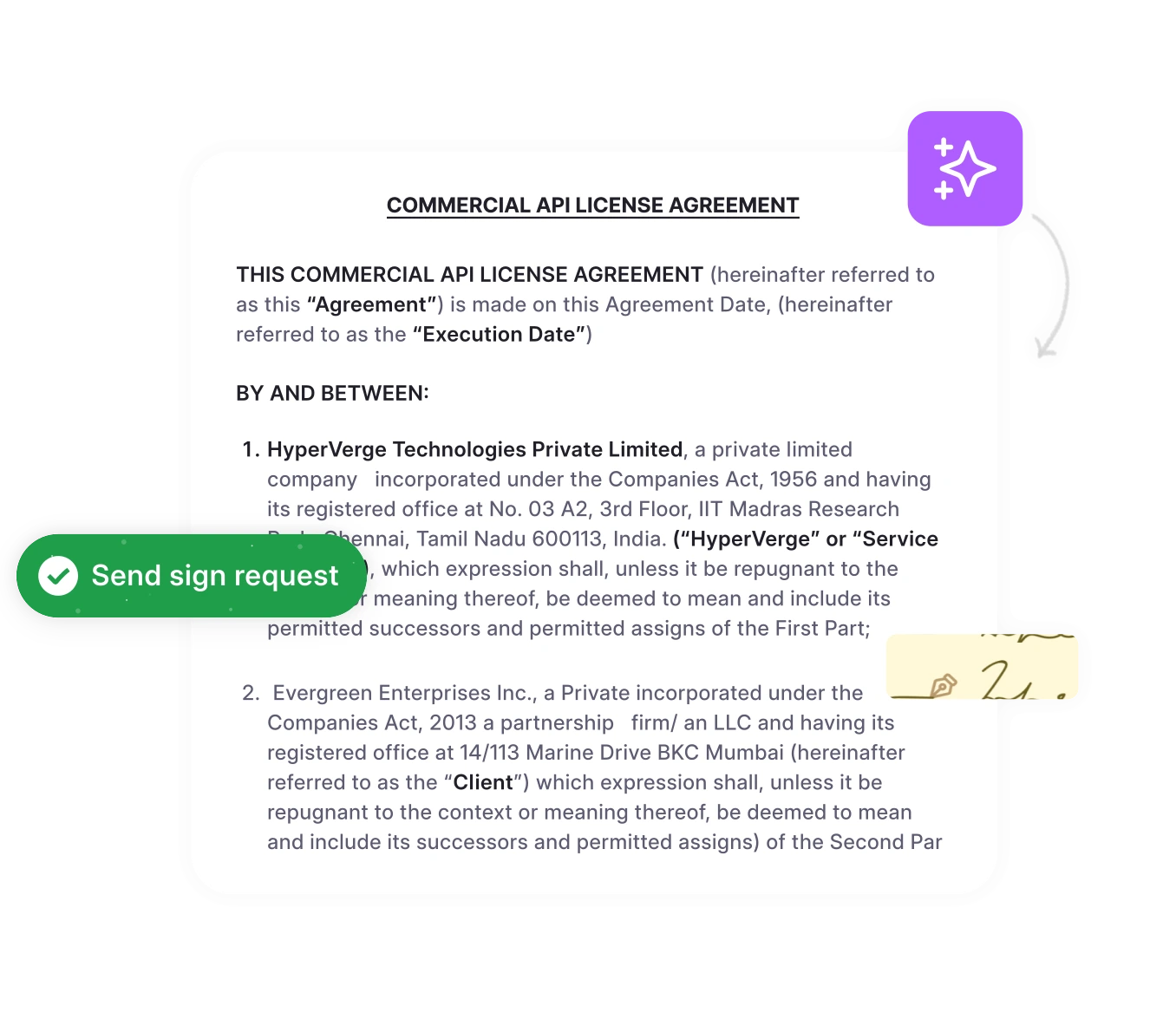The Gartner Magic Quadrant evaluates 17 contract management software vendors—but how does their positioning directly help legal and contract management teams navigate an increasingly complex CLM landscape and decide for themselves?
This article aims to advise technology users and potential buyers of CLMs on how to conduct research with highlights from the report and complementary publications like Gartner Peer Insights. Rather than simply ranking vendors, we’ll examine what these positions mean for organizations seeking the right contract lifecycle management solution.
How the 2024 Gartner Magic Quadrant Evaluates Contract Lifecycle Management
The Gartner Magic Quadrant for contract lifecycle management uses a two-axis framework as its core evaluation criteria. Completeness of Vision (horizontal) measures how CLM vendors understand market evolution and customer needs. Ability to Execute (vertical) evaluates current capabilities, market presence, and operational effectiveness.
This framework positions CLM vendors into four quadrants—Leaders, Challengers, Visionaries, and Niche Players—each representing distinct characteristics relevant to different organizational needs. The 2024 Gartner Magic Quadrant reflects critical market shifts: AI capabilities have become mandatory evaluation criteria rather than future considerations, and post-signature management now receives equal weight to pre-execution processes.
Gartner research publications emphasize that inclusion requires specific thresholds for revenue, customer base, and geographic presence. However, exclusion from the entire document doesn’t signal inferior capabilities. Strong regional vendors and specialized solutions often deliver superior value for specific contract life cycle management needs despite not appearing in the quadrant.
The contract management software Gartner Magic Quadrant particularly scrutinizes AI integration depth, workflow automation sophistication, and integration ecosystems. Unlike previous years, vendors must demonstrate AI support across contract creation, negotiation, and ongoing management phases.
For legal teams evaluating solutions, understanding these evaluation criteria helps contextualize vendor positioning. While the Magic Quadrant provides a valuable market perspective, Gartner research publications consist of multiple analyses that complement quadrant placement. Organizations should consider how vendor capabilities align with their specific workflow requirements, implementation capacity, and growth trajectory rather than focusing solely on quadrant positioning.
Beyond Rankings: Real Performance
Discover why growing companies choose HyperStart for contract management.
Book a DemoEvaluation criteria for Leaders, Visionaries, Challengers & Niche Players
| Quadrant | Ability to execute | Completeness of vision | Best for |
| Leaders | High | High | Enterprises seeking proven, comprehensive solutions |
| Challengers | High | Lower | Organizations prioritizing stability over innovation |
| Visionaries | Lower | High | Early adopters want cutting-edge capabilities |
| Niche players | Lower | Lower | Specific use cases or industries |
Leaders quadrant analysis
Leaders excel in their combination of market understanding, innovation, product features and functions, and overall viability. They can execute against their vision through products and services with demonstrated business results.
They typically serve large enterprise customers with complex contract portfolios spanning multiple jurisdictions and business units. These vendors demonstrate consistent innovation while maintaining operational stability and comprehensive feature sets that address diverse CLM requirements.
Visionaries: Innovation vs. risk
Visionaries are ahead of most competitors in terms of delivering innovative products and/or delivery models and product strategy. They are sometimes smaller vendors or newer entrants that embody trends that are shaping, or will shape, the CLM market. Visionaries have a strong vision and roadmap, which infuse innovation and strong functionality into their platforms.
These vendors often pioneer emerging capabilities like advanced AI workflows for contract management and compliance, predictive analytics for contract performance, and next-generation user interfaces that simplify complex legal processes.
Early adopters benefit from accessing cutting-edge functionality that may provide competitive advantages. However, organizations should carefully assess implementation risk, vendor stability, and feature maturity when considering Visionary solutions.
When challengers and niche players make sense
Challengers have established presence, credibility, and viability, and they have demonstrated the ability to meet customers’ expectations in terms of functionality and customer experience.
Challengers often provide excellent value for organizations prioritizing proven functionality over cutting-edge features. Their solutions typically offer strong integration capabilities with existing systems and established implementation methodologies.
Niche players may offer compelling CLM solutions, but they often lack cross-industry adoption, enterprise role focus, some functional components, and/or consistent implementation track records.
They excel in specific industries, use cases, or functional areas. Organizations with specialized requirements—such as highly regulated industries or unique workflow needs—may find Niche Players provide superior functionality compared to broader solutions.
Also, Evaluate the Best Contract Management Software beyond the Quadrant
How much does contract lifecycle management cost?
CLM pricing varies significantly based on vendor positioning, feature complexity, and deployment model. Leaders typically command premium pricing reflecting their comprehensive capabilities and enterprise focus, while Niche Players may offer more competitive pricing for specific functionality.
According to Capterra, contract lifecycle management software pricing can range from $7 to over $700 per month based on the number of users, contracts, and basic to advanced functionalities that CLM providers offer.
Organizations should evaluate total cost beyond licensing fees, including implementation services, training requirements, ongoing support, and system integration expenses. Many vendors offer modular pricing that allows organizations to start with core functionality and expand capabilities over time.
Critical capabilities beyond the Magic Quadrant rankings
Most Gartner research publications consist of qualitative analyses that complement the Magic Quadrant positioning. Several critical capabilities require deeper evaluation beyond quadrant placement.
AI and automation depth
Natural language processing capabilities vary dramatically across vendors, impacting contract analysis accuracy and insight generation. Organizations should evaluate specific AI use cases relevant to their contract portfolio, including clause extraction, risk identification, and compliance monitoring.
The automated approval workflows and the AI feature that helps easily identify essential clauses in the contract have been game-changers for our legal team. Previously, our approval process was manually managed through emails, which created delays and risk of missing approvals.
Industry-specific features
Vendors differ significantly in their ability to address sector-specific requirements like healthcare privacy regulations, financial services compliance, or government contracting standards.
Specialized workflows for specific contract types—such as procurement agreements, employment contracts, or intellectual property licenses—may determine solution suitability for organizations with diverse contracting needs.
We took demos of around 5 CLM vendors and chose to go with HyperStart. They were the only CLM vendor that had SOC2 compliance and met the criteria of around 22 parameters, which we had evaluated them on.

Om Prakash Pandey
Legal Head
Implementation and support reality
Training requirements vary based on solution complexity and user interface design. Comprehensive training programs that address different user roles—from contract creators to legal reviewers to executives—determine adoption success.
Ongoing support models include technical assistance, product updates, and strategic guidance. Organizations should evaluate vendor support structures, response times, and expertise levels to ensure long-term success.
We prioritize practical, easy-to-adopt workflows powered by workflow-driven AI intelligence, designed to deliver real impact. Our guided workflow builder and plug-and-play integrations help legal teams avoid the implementation complexity often associated with Magic Quadrant Leaders.
What’s next on the market?
The evolution toward agentic AI represents a fundamental shift in contract management capabilities.
Agentic AI solutions deliver a consistent output within the trained framework…It also mitigates errors because of the limited human engagement. And it enables teams to scale and empower quicker turnaround.
While the Gartner Magic Quadrant evaluates AI capabilities broadly, the emergence of agentic AI creates new evaluation criteria. Legal teams should consider how vendors implement contract compliance management software features that leverage autonomous AI agents for consistent, scalable contract processing while maintaining human oversight—a capability that transcends traditional quadrant positioning.
Your CLM selection simplified
Get personalized guidance on choosing the right contract management software.
Book a DemoWrapping up
The Magic Quadrant synthesizes complex vendor capabilities into digestible insights that inform decision-making. However, quadrant positioning should represent no more than a third of your decision-making factors.
Effective CLM selection requires scenario testing that evaluates how well solutions address specific organizational pain points. User feedback from similar organizations provides valuable insights into implementation challenges and ongoing satisfaction levels.
Strong regional vendors, emerging startups, and specialized solutions may not appear in the Magic Quadrant despite offering valuable capabilities for specific organizational needs. Organizations should also consider vendors beyond the Magic Quadrant if they demonstrate superior fit for particular use cases.
Frequently asked questions
Gartner disclaims all warranties, expressed or implied, concerning this research, including any warranties of merchantability or fitness for a particular purpose. Although Gartner research may address legal and financial issues, it does not advise technology users on legal or investment decisions.













